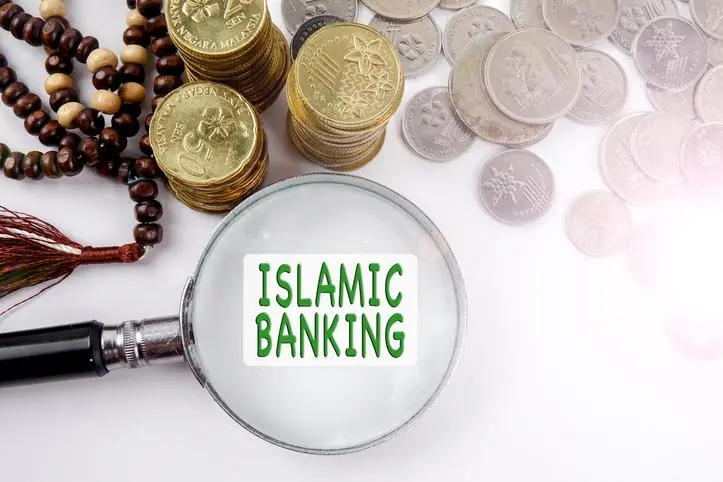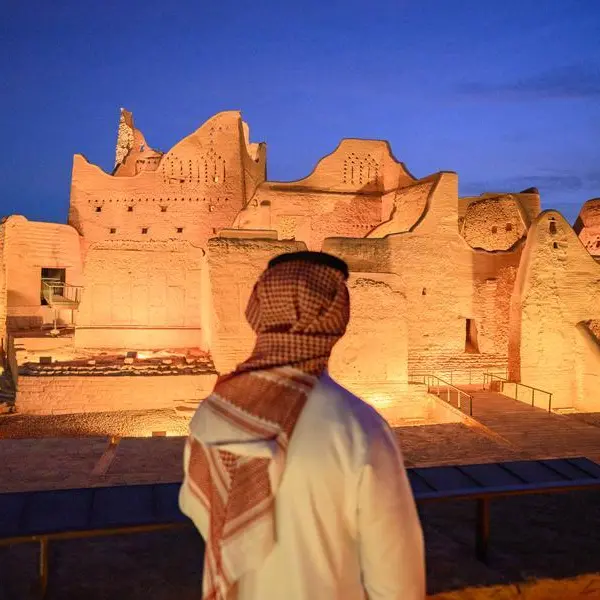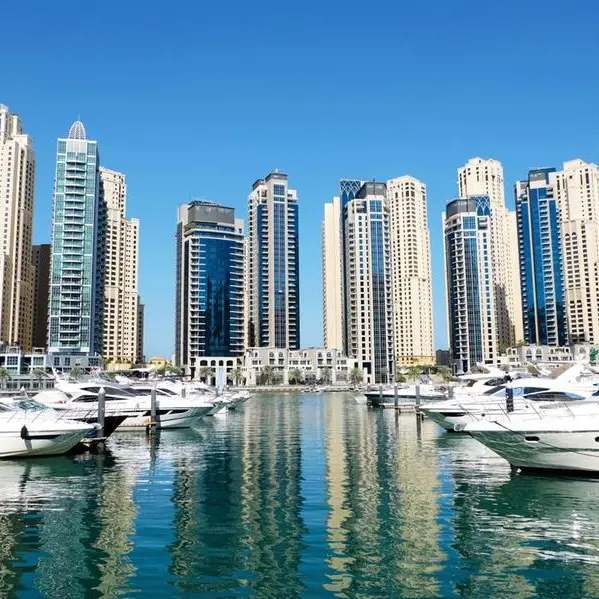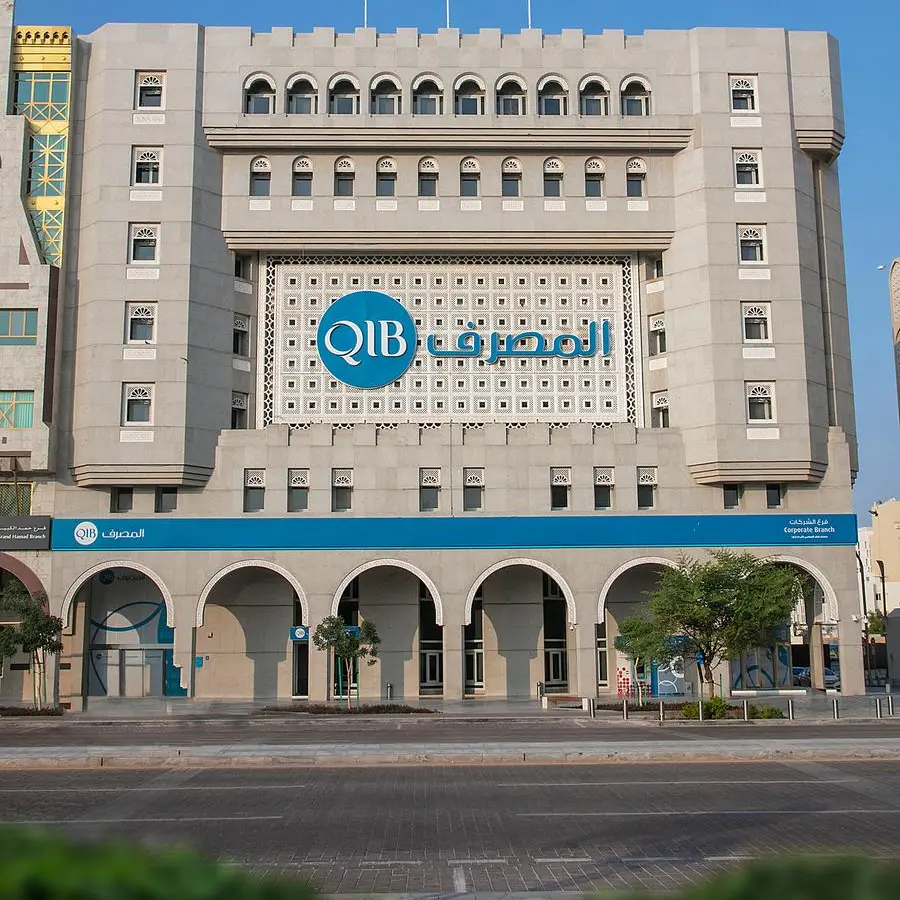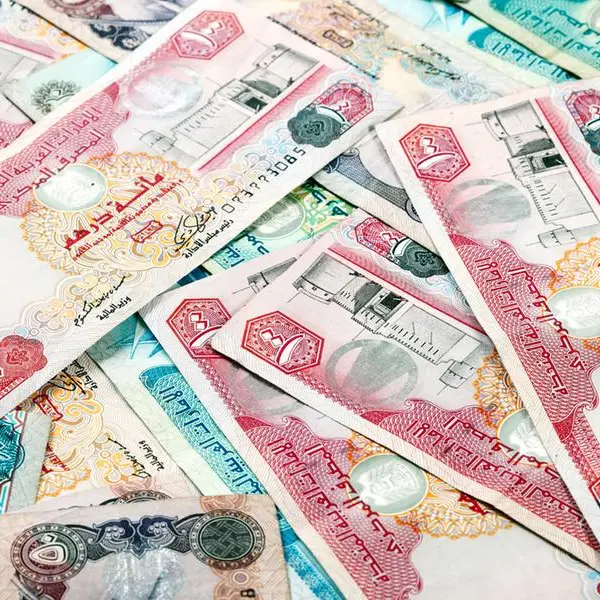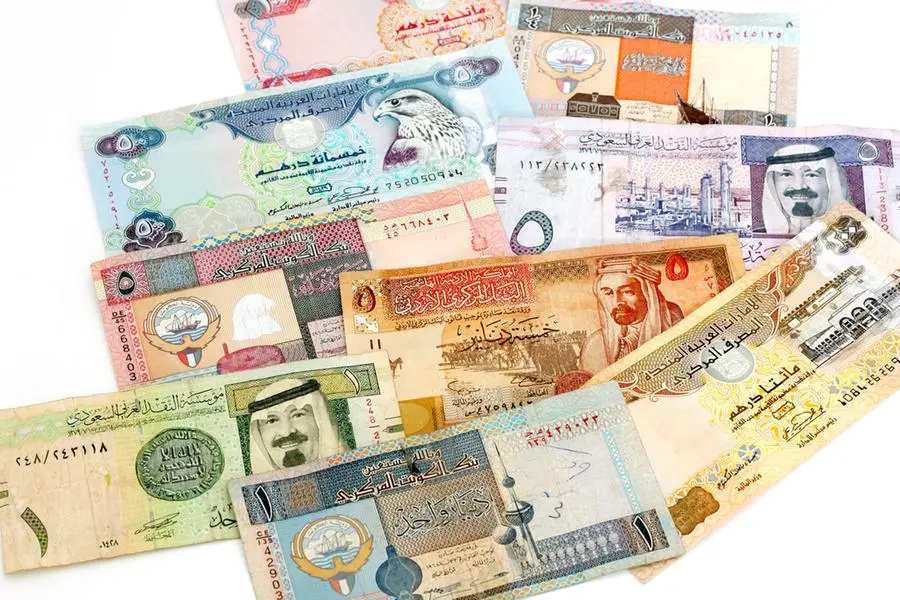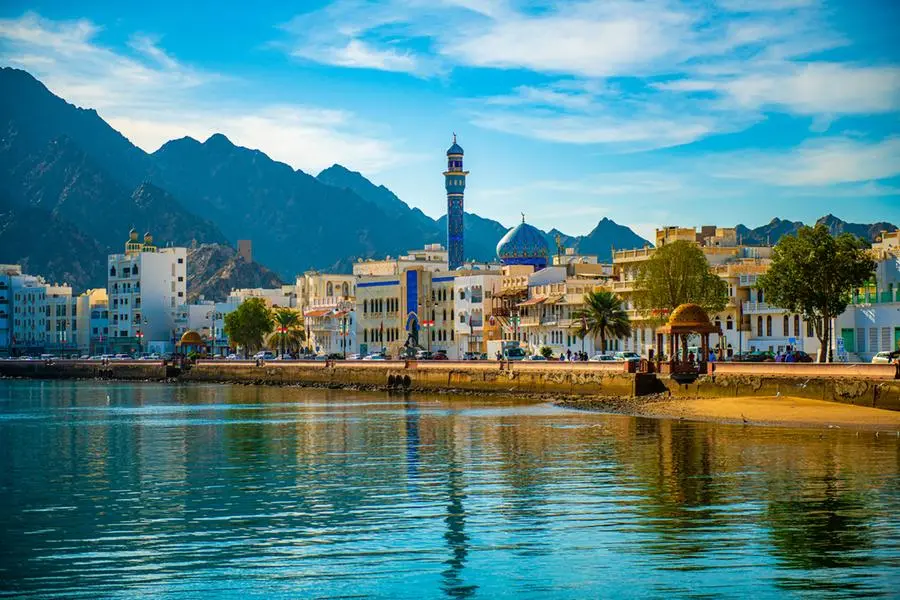PHOTO
Image used for illustrative purpose.
The global Islamic finance industry will grow by 10-12 percent in 2021-2022 after slowing to 10.6 percent in 2020 (excluding Iran) as Islamic banking assets grow in some GCC countries, Malaysia, and Turkey, and new sukuk issuances exceed maturing ones, S&P Global Ratings said in a report.
The ratings agency said it expects financing growth in Saudi Arabia to remain strong, fueled by mortgages and by corporate lending as the country implements some of its Vision 2030 projects. "We also expect some growth in Qatar supported by investments related to the upcoming World Cup, and to a lesser extent the United Arab Emirates (UAE) where the Dubai Expo is likely to help boost economic activity," S&P said in a report issued Monday.
Malaysia and Turkey will also continue to grow, although Turkey's growth will be at a slower pace and driven primarily by public sector participation banks.
Sukuk growth
On the sukuk front, S&P Global Ratings forecasts total sukuk issuance of about $140 billion-$155 billion this year. This compares with a drop in issuance to $139.8 billion in 2020 from $167.3 billion in 2019.
"We expect an increase in the volume of issuances this year as liquidity remains abundant, corporates and sovereigns come back to the market, and new issuances exceed maturing sukuk. In the first quarter of 2021, issuance volumes were up by 1.4 percent in total and 22 percent if Sukuk re-openings (issuances under existing structures) are excluded."
Although their contribution to the industry remains small, the agency also expects the takaful and the fund sector to grow this year.
"We continue to see the takaful sector expanding at 5 percent to 10 percent, while the funds industry might see some growth as investors chase yields."
S&P said pandemic offered the possibility of a more broad-based and transformative growth, but the industry has yet to fully unlock opportunities related to standardization and increase its contribution to sustainable finance.
Regulatory framework
"Over the next 12 months, we could see progress on a unified global legal and regulatory framework for Islamic finance that the Dubai Islamic Economy Development Center (DIEDC) and its partners are developing. Depending on the outcome and its adoption, we believe that such a framework could help resolve the lack of standardization and harmonization that the Islamic finance industry has faced for decades."
The additional challenges related to compliance with Accounting and Auditing Organization for Islamic Financial Institutions (AAOIFI) standards in the GCC has slowed some issuers, though.
"Although we expect a modest recovery for most core Islamic finance countries in 2021-2022, we think that the sector will expand against the backdrop of continued standardization and integration," the report said.
There could also be more frequent issuance of dedicated social Islamic finance instruments and green sukuk as the industry leverages its alignment with environmental, social, and governance (ESG) values. This would help tackle the aftermath of the pandemic and support the agenda for core countries' energy transition.
"We expect such processes will remain slow, however, given the additional complexity related to these instruments and the core Islamic finance countries' slow implementation of policies to manage the energy transition," S&P said.
(Writing by Brinda Darasha; editing by Seban Scaria)
(brinda.darasha@refinitiv.com)
Disclaimer: This article is provided for informational purposes only. The content does not provide tax, legal or investment advice or opinion regarding the suitability, value or profitability of any particular security, portfolio or investment strategy. Read our full disclaimer policy here.
© ZAWYA 2021
